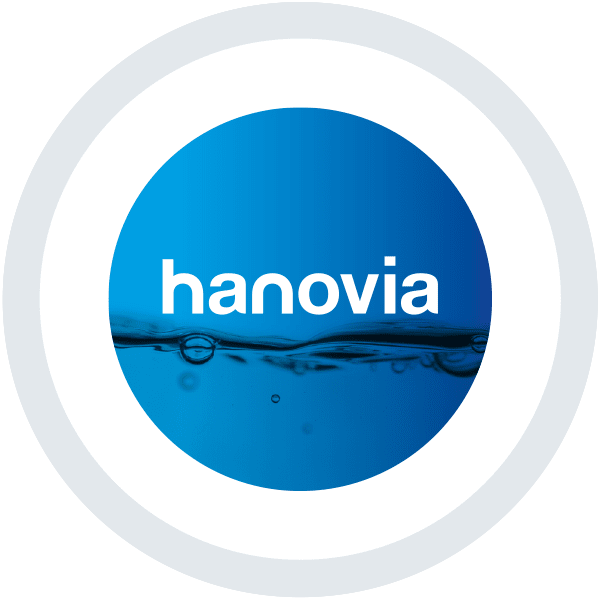Water Process Flow – More Than Just Gallons Per Minute
By Dan Shaver

There are a several variables that need to be considered when sizing a new UV disinfection system. One of the most obvious variables is the flow rate of the water through the system. However, there is more to a flow rate than just determining a `gallons per minute’ value and plugging that number into a sizing equation.
That is most certainly the case for UV system installations within industrial processes. For these applications several additional questions about the flow rate should be asked. This is especially true for UV systems that use medium pressure lamp technology. This type of UV lamp generates heat and this can have a direct impact on the production process. Ignoring the heat generated by these lamps can result in the UV system overheating. This will cause the UV system to shut down, which will stop the water treatment and reduce the availability of treated water for use in the production process or final product. In addition, inadequate heat dissipation can also lead to internal damage of the UV system itself.
When a medium pressure UV system is being considered, the type of questions to be asked about flow rate should include:
- Is the treated water used within a batch production process, with water required on-demand? Or is the water flow continuous while production takes place?
- If the treated water is part of a batch process (shutting down between batches), how frequently does this happen and how long is flow stopped?
- Is the water in an open or closed loop production process?
If the facility has an open loop production process, where the flow is continuous, a flow rate of 2 gpm per kW of UV lamp power would be adequate for heat dissipation in the water treatment process line. For example, if a UV system outputs a total of 10 kW of power, then a minimum flow rate of 20 gpm (2 x 10kW) should be maintained in the open loop process at all times to avoid overheating of the UV system.
If the facility operates a batch water treatment process, where flow through the UV system may be stopped periodically, a closed loop recirculation line may be required. For a closed loop scenario, where there is no other means of heat dissipation, the same minimum flow calculation is still required, but other variables are now added to the equation. These variables are: the total volume of water in the closed loop and the length of time that the flow is stopped. In this situation, a minimum volume of 13 gallons of water is required for every kWh of lamp power output. For example, if the water flow is expected to stop for 2 hours, a UV system with 10 kW of output power would require a minimum total volume in the closed loop of 260 gallons (13 x 10 kW x 2 hours).
In reality, due to budget limitations or physical space constraints, not every facility has the ability to add a recirculation loop to their process line. In this case, bleeding water from the UV system and sending this to drain or back to be re-used in another process could be a practical alternative.
Given that manufacturers are very concerned about plant downtime, potentially caused by inadequate heat dissipation from medium pressure UV lamps, it is important that these flow calculations are understood when planning the installation of a new UV system. When a UV system is being sized, understanding water flow conditions beyond the `gallons per minute’ value is essential to ensure the UV system operates safely and the availability of treated water for production is not compromised.





 沪公网安备 31011202013557号
沪公网安备 31011202013557号